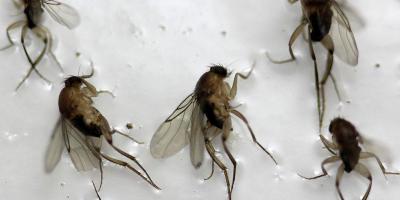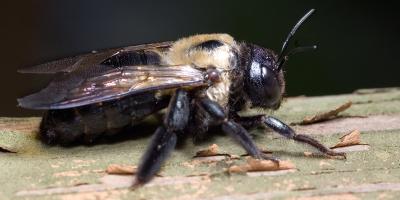Bat in the House?
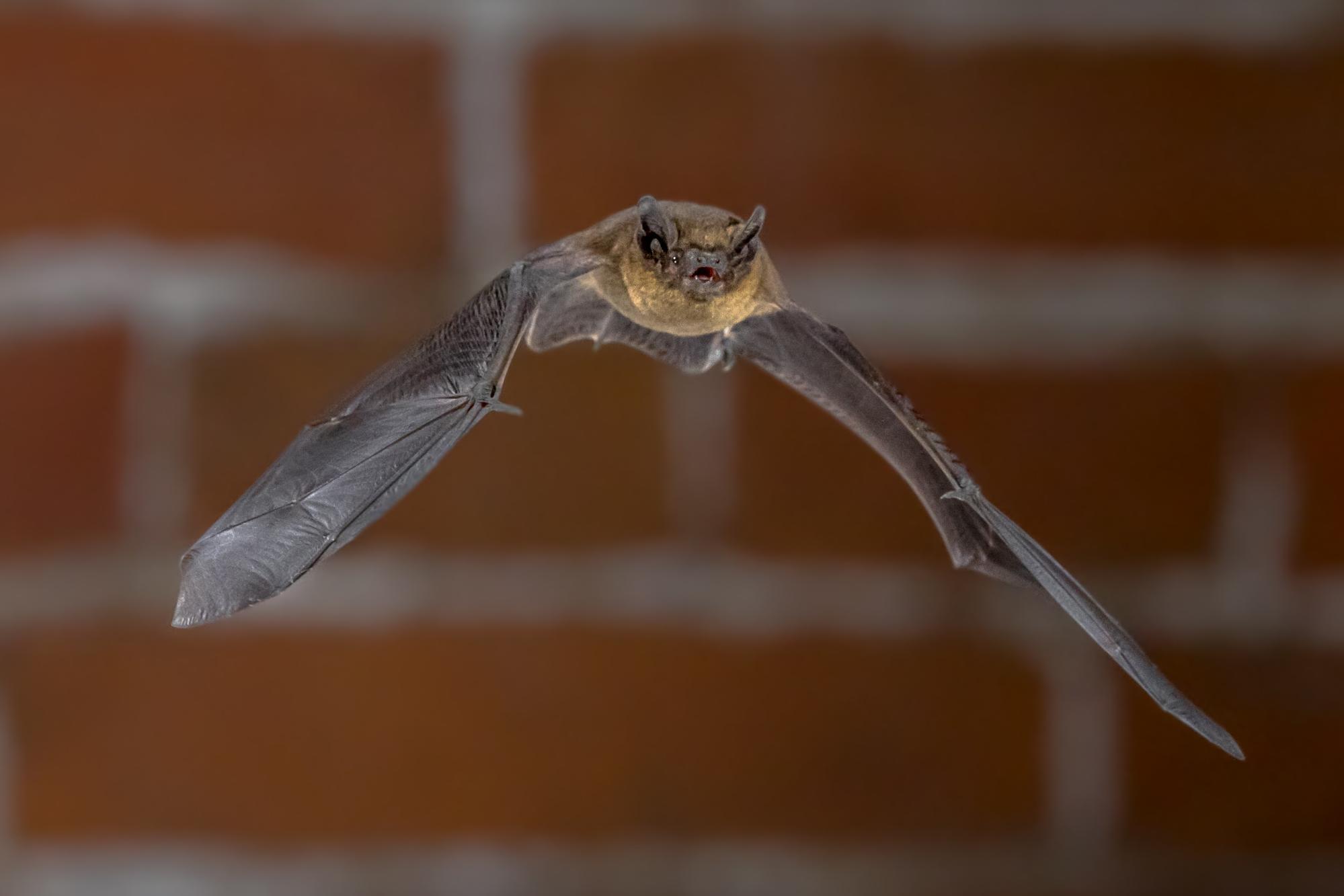
A single bat can consume as many as 8,000 flying insects (like mosquitoes!) every single night, which is good news for us. However, while healthy bat populations are undeniably beneficial to the ecosystem, they do pose a serious risk when they take up residence in your attic -- or worse, displace themselves within your living space. So when a bat does end up inside, how do we know when it is safe to relocate the bat ourselves, and when to call a professional?
A wayward bat will usually find itself inside a person’s living space between July and August, when the pups are first learning to use their wings. This is not an uncommon scenario, especially when they just had to drop in from the upstairs roosting spot. The attic is a very common place for them to roost, and their poor navigation can sometimes lead them to take a wrong turn into the home. These upstairs bat colonies can often go undetected for months or years, and a wayward bat pup is often the first indicator that there is a bigger problem behind the scenes. While the larger colony will need to be handled by a professional, the good news is that the lone bat staring you in the face can usually be removed by anyone with a box, a window, and a little patience.
Removing a Single Bat Stuck Inside Your Home
While JP Pest Services does not recommend that anyone other than a trained wildlife professional handle a bat, sometimes immediate action is necessary when one is not available. For these cases, you can follow the guidelines provided below to improve your chances of safely removing a bat from your living space.
Before attempting to remove a bat from the home yourself, it is important to understand the safety precautions in regards to bat handling: First and foremost, you should never touch a bat with your bare hands, as there is always a chance that they could be carrying rabies. This disease is not common, but it is very serious and can be very serious if left untreated. For this reason, you’ll want to capture the bat to get it tested for the virus, rather than encouraging it back outside if there is any chance that someone in the household was bitten or scratched by the bat.
If there is no need to keep the bat for testing, the following steps can be taken to safely and effectively remove a bat from your living space:
First, you should attempt to confine the animal to one room of the house by closing the doors leading to other areas of the house.
Next, you’ll want to give the bat an exit that leads outside. This can be an open door or window, whatever can be safely accessed without disturbing the bat. Eventually, in the enclosed space with an opening, the bat should be able to make its way outside on its own terms.
When a Bat Won’t Leave on Its Own
In the event where the bat does not leave through an open exit, you can help move the process along by capturing it with the following guidelines:
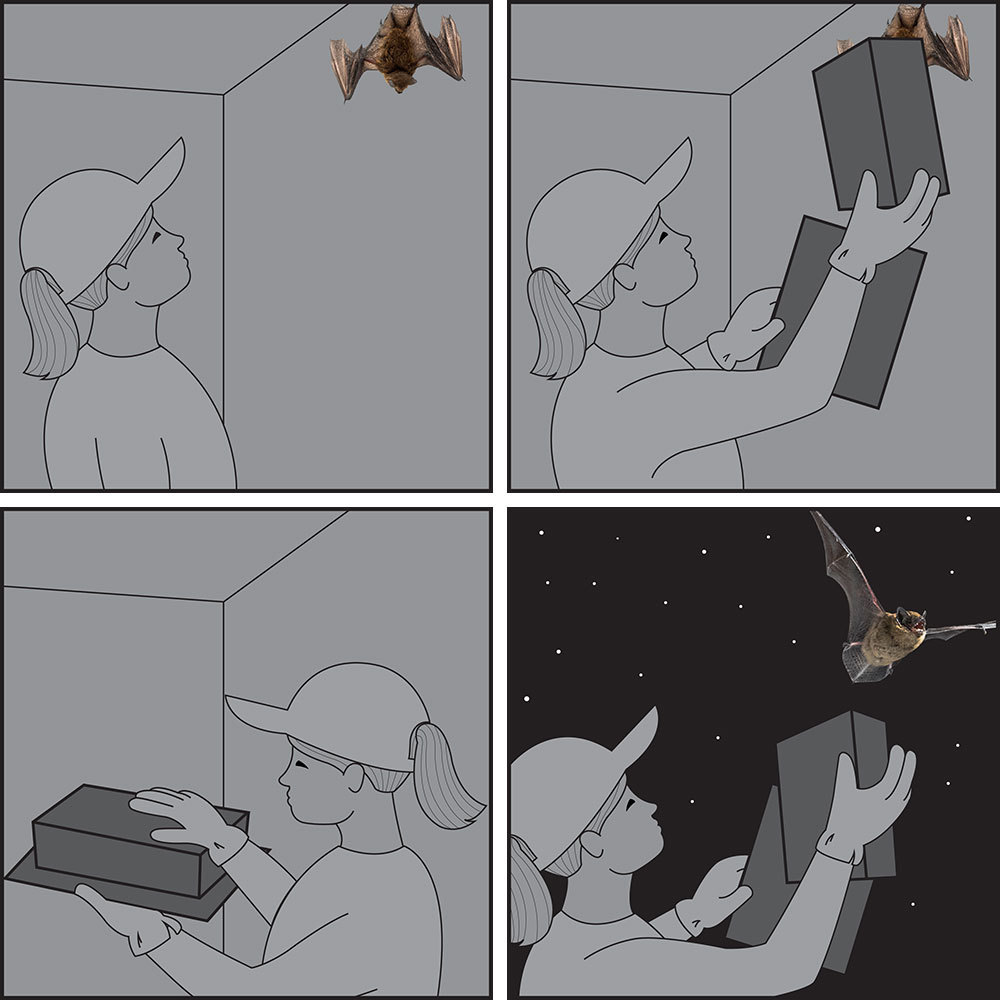
First, once the bat has landed and settled into one spot, you should be able to simply cover it with a small box, large enough for the animal to be comfortable but small enough to easily handle. A shoebox works perfectly. Remember that there is no need to chase the animal; just wait until it lands and settles down before approaching it. It is also important to remember not to hit the bat with any hard objects, as this impact can expose you to an additional risk of rabies exposure via secretions expelled from the resulting wounds.
Next, slip a piece of cardboard between the box and wall to trap the bat inside, being careful not to harm it in the process.
If you are planning to keep the bat for several hours (such as to get it tested for rabies or wait for nightfall before releasing), you’ll want to place a soft (non-terry) cloth inside the box before catching it, to give it something to hang on to and prevent injury. Also keep in mind that they can often escape from loose-fitting covers, so make sure that the lid is secure, but not air-tight.
Last, if you are ready to release it outside, you’ll want to do this as soon as possible, though preferably at night because they can be vulnerable to predators during the daytime. To ensure a safe release, you’ll want to give the bat a chance to drop into flight, as they cannot take off from the ground (unlike birds). Turning the box on its side and allowing the bat to climb out onto a tree limb or second story deck are both good options to help it safely take flight.
Excluding a Colony
Meanwhile, it is important to consider why a bat was able to enter your living space in the first place: A single bat in the house suggests that an active colony is likely residing in the attic or the voids of the house; such as in the soffits, vents, and roof joints. Occasionally bats will even enter through chimney gaps.
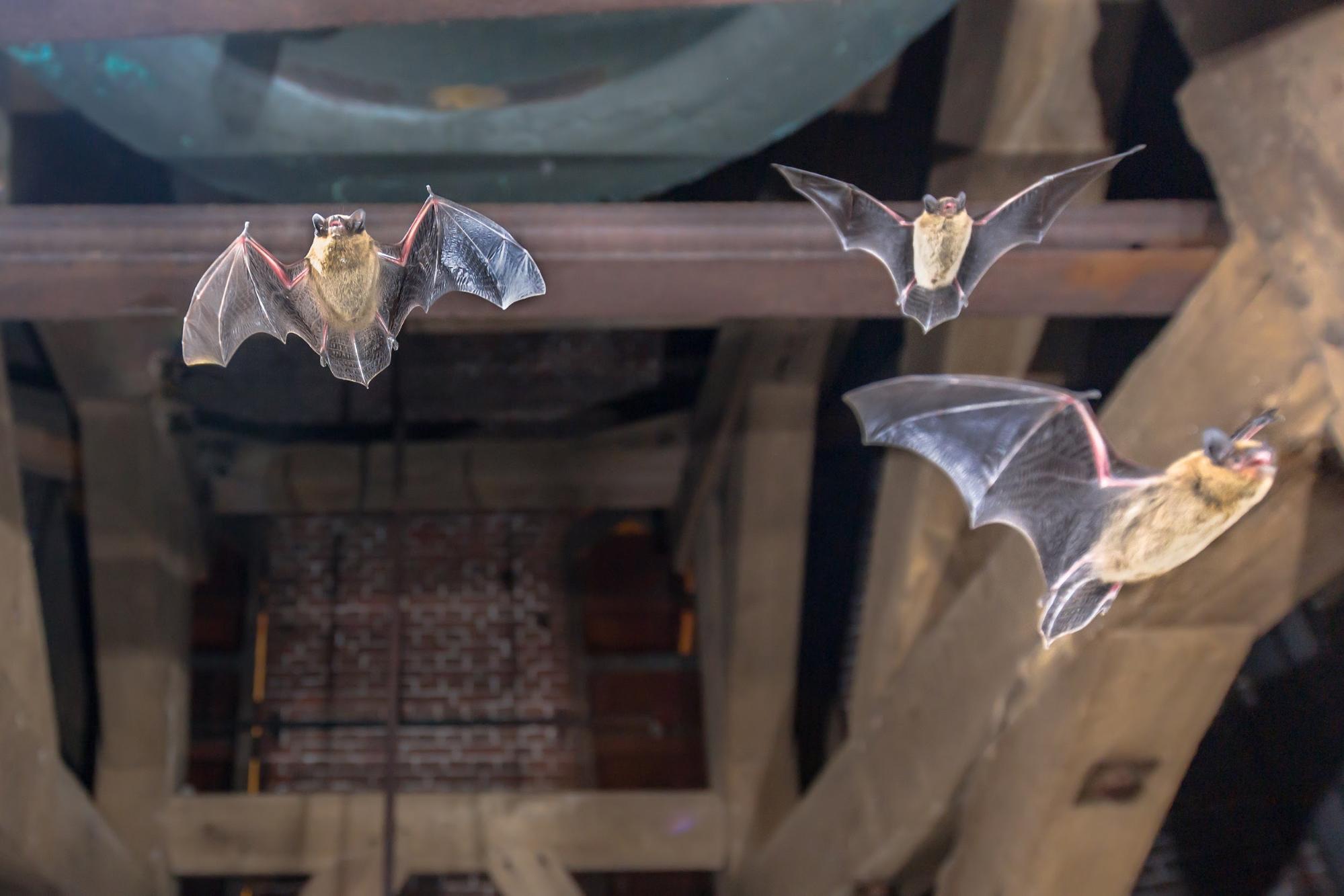
This is why a single bat in the house should always warrant a formal inspection from your JP Pest Services wildlife professional. Our inspection process includes determining where bats are gaining entry, and developing a plan to exclude them with a simple process that allows for bats to safely exit the home without permitting re-entry.
Whether you’ve had one bat flying around or think you might have a bigger issue at hand, take the guesswork out and schedule a free wildlife inspection now.

